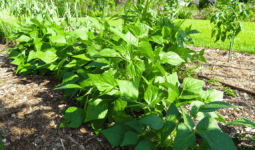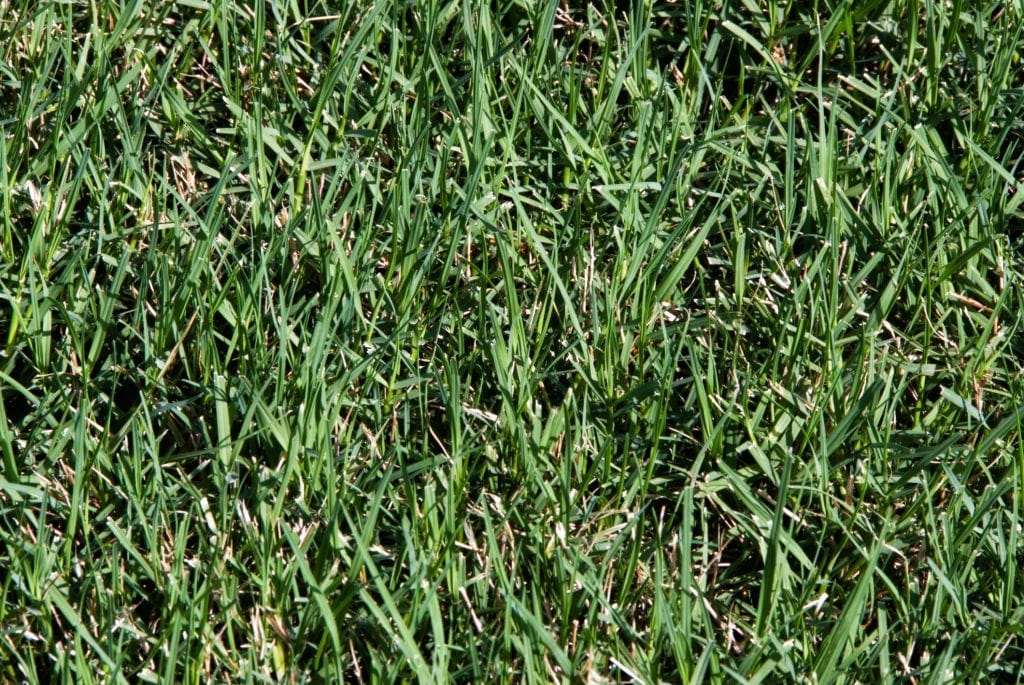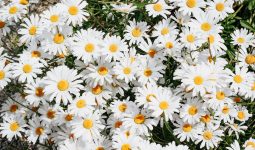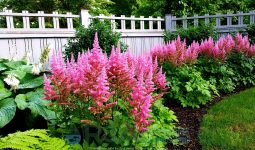If you live in an area that experiences periodic droughts, your garden can suffer if you don’t choose the right plants.
The Drought tolerant shrubs are an excellent addition to any garden, and they come in various shapes, sizes, and colors.
This list of drought tolerant shrubs includes options that can withstand cold winters and hot summers.
As well as many others that work just as well even if you only have short seasonal droughts during the spring or fall.
The drought tolerance shrubs aren’t something most people think about when they’re looking at different plants to plant in their yard.
But it’s an important consideration that can save you lots of money and frustration.
If you live in an area with low rainfall or want to experiment with more water-saving plants, here are some drought tolerant shrubs that are sure to look great in your garden all year long.
However, many shrubs and trees are tolerant of drought conditions. And these are the best to grow in your yard or garden. If you want to be able to enjoy lush greenery year round with minimal upkeep.
Read on to learn about the drought tolerant shrubs that you should consider planting in your garden this season.
1. Beauty Bush
Beauty bush (Choisya ternata) is an evergreen shrub with an upright, columnar shape. It can grow to six feet tall and wide but will form a neat mound if pruned.
The flowers are a pretty mix of purple and pink that lasts from summer through fall.
It is a hardy plant that tolerates extreme heat and humidity and thrives in full sun or partial shade conditions.
Beauty bush does not need much water at all once established, making it one of the best choices for a garden in areas with water restrictions.
To keep this plant looking its best, trim back spent blooms in the fall to allow new growth to emerge the following spring.
2. Shrubby Cinquefoil
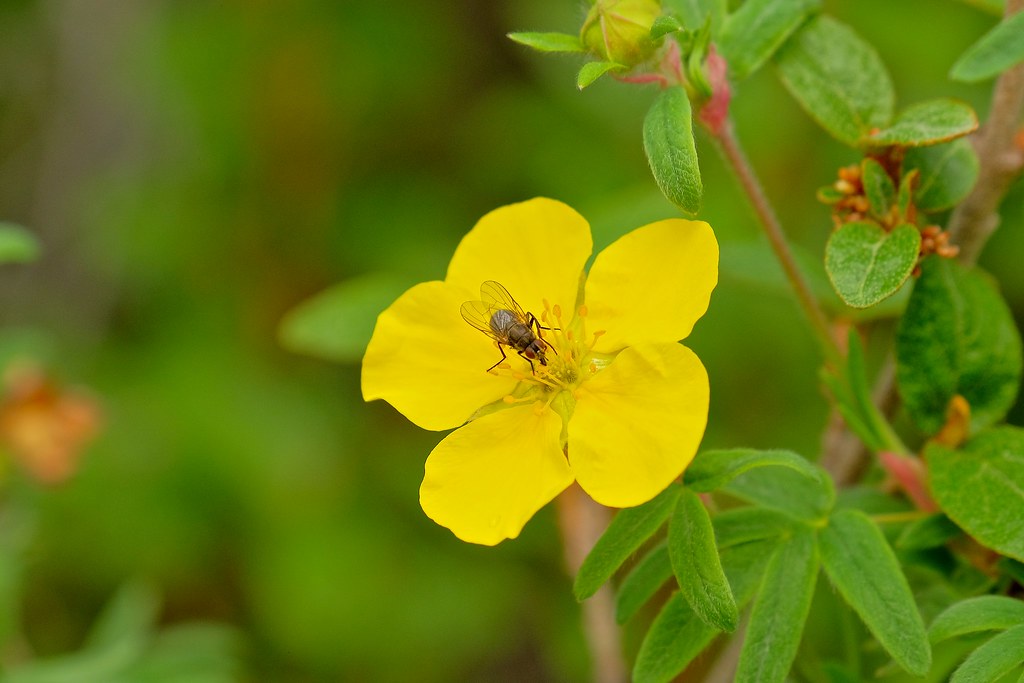
This small shrub thrives in our California summers’ hot, dry conditions. It is a staple in wildflower gardens because it grows relatively quickly with little water and is hard to boot.
Look for it as an ornamental ground cover or naturalized foundation plant that can be mowed under after the blooms have finished.
The Latin name Oenothera caespitosa, translated as shrubby cinquefoil, means that this species comprises a clump-forming rosette of stalkless leaves about 1 foot across.
Tiny flowers form in crowded clusters at stem tips from early summer until the first frost. Giving way to egg-shaped, shining berries (each containing 4 or 5 seeds) when they mature later in the season.
3. Silver Buffaloberry
The most well-known of the drought tolerant shrubs is the silver buffaloberry, but there are so many more choices to choose from.
These include asters, eucalyptus, incense cedar, lavender, manzanita, mesquite, and pine. The best time to plant them is in late winter or early spring because they don’t handle hot weather very well, and watering them can lead to root rot.
That’s why these plants make such excellent additions to your desert garden! You can find all sorts of drought tolerant plants on Gardener’s Supply Company – just look through their list of shrubs!
4. Witch Hazel
Witch hazel can be a nice option for gardeners growing shrubs in dry conditions. The only requirements for this plant are that it receives plenty of sunlight and is planted in well-drained soil.
This shrub will bloom in the spring, which makes it an attractive choice. If you live in a zone where winters get below freezing.
The best thing about witch hazel is its color changes throughout the year. When leaves on this shrub first emerge from dormancy, they are bright red, giving a pop of color during those barren winter months.
Come summertime, leaves turn into their more common yellowish-green appearance. But retain a glossy shine throughout the year. It’s one of the drought tolerant shrubs.
5. Boxwood
This shrub is native to Japan and has been introduced in North America and Europe. It grows slowly to a height of 2 feet with glossy evergreen leaves. Boxwood requires moist soil to maintain moisture and looks best when planted in groupings.
Boxwood is a good border shrub or foundation planting with its uniform shape, dark green color, and fine-textured foliage.
This plant prefers partial shade with filtered sunlight. During dry spells, water every other week to keep the soil moist. But do not overwater, as it will rot the roots if they stay wet too long.
6. Butterfly Bush
The most popular of the drought tolerant shrubs is the Butterfly Bush. It’s native to North America and is easy to grow.
This plant is sensitive to cold temperatures, so planting in a place where it will get lots of sunlight during the day and plenty of water during hot months will help it grow well.
Butterfly Bushes are mainly used as ornamental bushes that are good for attracting butterflies and birds. But it can also be trained as a tree.
It makes an excellent choice if you don’t want your shrub getting out of control or popping up all over your garden.
7. Cliffrose
Cliffrose shrubs are one of the drought-tolerant shrubs available and are also of the best. These shrubs have a wide variety of uses.
They can be found as ornamental, windbreaks, or hedgerows and can even be used to control erosion.
Cliffrose shrubs have also been used to help construct dams. And protect shorelines from high winds, storm surges, and waves caused by hurricanes.
Cliffrose grow very quickly in their first few years, with the fastest plants growing more than 16 inches per year. Until they reach maturity at around five years old.
One disadvantage of cliffrose is that it does not have any winter protection. So if it does get cold, then you will need to bring it indoors for its duration.
8. Curl Leaf Mountain Mahogany
Curly leaf mountain mahogany is native to the southwest United States and can grow up to 12 feet tall. It needs very little water but will flourish with occasional irrigation.
This plant produces beautiful pink flowers in the spring and leaves that turn a lovely crimson red in the fall.
Curly-leaf mountain mahogany grows well as a border or windbreak. So consider planting it near your property line or a neighboring house.
9. Currants And Gooseberries
Currants and Gooseberries are excellent additions to your landscape and can withstand dry conditions. They both do well in sunny areas that don’t receive an excessive amount of water.
They are both quick-growing shrubs and can tolerate most soil types as long as it is not extremely wet or dense clay.
You can use Currants or Gooseberries as hedges, borders, foundation plantings, or screens. Or small trees due to their resistance to harsh weather conditions and disease.
The leaves on these plants turn a beautiful shade of red during the fall. Making them a favorite among many homeowners looking for color in their yards.
If you want one variety that provides fruit throughout the year, consider planting currants in your garden.
10. Dwarf Alberta Spruce
This hardy, reliable variety of trees is great for several reasons. Many trees don’t do well in such a temperate region as Canada. However, the Dwarf Alberta Spruce loves it.
The most important consideration when planting this is to keep it out of dry areas or ones that get too much sun. As these can burn its needles and leave them curled up on themselves.
Make sure you give this little guy at least half an hour in the shade daily. And make sure there’s plenty of water available to ensure good growth. The best time to plant it is right after Thanksgiving (in the United States).
11. Fragrant Sumac
Fragrant Sumac (Rhus aromatica). One of the drought tolerant shrubs found in the United States, it likes to grow in sunny and dry locations.
These shrubs like high elevations, can be found in some regions at 3000 meters elevation. This is a flowering plant; its leaves release a pleasant scent when crushed.
It has an extensive list of medicinal uses, and ancient people used it as an antiseptic, natural bug repellent, or cleanser. This plant was also burnt during rituals because of its pleasant scent.
12. Indian Hawthorn
Indian Hawthorn, or Rhaphiolepis indica, is a beautiful ornamental tree in the rose family. That offers you a double layer of benefits.
This plant is not only one of the drought-tolerant shrubs, but it also attracts birds to your yard as they feast on the seeds offered by the Indian Hawthorn.
On top of these two properties, Indian Hawthorn is also useful in preventing soil erosion. And providing shade to your lawn or garden.
Indian hawthorns are among some of the best and most popular plants for anyone who wants to spend less time watering their plants and more time enjoying them.
These plants also have additional benefits, such as resisting insects, diseases, and pollution.
13. Japanese Barberry
An evergreen that thrives in soils with low to medium acidity, the Japanese Barberry is a great shrub that can grow into a small tree.
The leaves of this shrub are spirally arranged and come to a point that turns deep red in autumn. The fruit appears yellowish-orange and has thorns on its spine when it ripens.
Plant these shrubs in well-drained soil and consider them a good solution to erosion issues. This is due to their deep root system and ability to grow among rocks.
14. Japanese Beautyberry
Japanese Beautyberry is a beautiful groundcover that can thrive with only two to three inches of rainfall each year. This makes it one of the most drought tolerant shrubs you can find!
Plus, Japanese Beautyberries have fragrant flowers and berries. This plant also works well in a container garden. Because it doesn’t need much water and the little water, it does need to drain quickly.
15. Leatherleaf Viburnum
Leatherleaf Viburnum is a deciduous shrub that survives drought well and thrives in most soils.
Known for its dense foliage and large, funnel-shaped flowers, Leatherleaf Viburnum is an excellent option. If you have limited space or need to fill a garden bed quickly.
It can grow to be about 6-8 feet tall and wide, depending on the variety. The Leatherleaf viburnum blooms from late May to early July with white flowers, giving off a lovely sweet scent reminiscent of apple blossoms.
During this time, it will also form fruit which ranges in color from red to black. Leaherleaf Viburnum prefers partial shade or light shade with moist soil. It’s one of the drought tolerant shrubs available.
16. Littleleaf Mockorange
Littleleaf Mockorange, aka Philadelphus virginalis, is a native of North America that flowers profusely in early spring. This shrub can grow as high as 8 feet tall with a spread of 5-6 feet.
Littleleaf Mockorange is one of the first shrubs to bloom, so it offers nectar. And pollen early in the year when most other plants are still dormant.
Littleleaf Mockorange has beautiful white flowers that will attract many types of pollinators and beneficial insects such as wasps, butterflies, and bees.
Littleleaf Mockorange will grow well in partial shade or dappled sunlight. But it will also tolerate full sun if enough water is given to it.
17. Mountain Lover
Mountain Lover (Abies lasiocarpa) is a beautiful evergreen shrub withstood drought. And climate change in the Rocky Mountains. It’s one of the drought-tolerant shrubs available.
Its brilliant spring blooms, striking autumn colors, and uniform shape are valued. Mountain lovers’ foliage turns gold during the fall season before it sheds off during the winter months.
The Mountain Lover shrub tends to grow to a height of 8-10 feet with a spread of 10-12 feet at maturity.
Female and male plants should be planted at least 25 feet apart from each other. So that their pollen does not contaminate one another since Mountain Lover flowers can self-pollinate.
18. Mountain Spray
Mountain Spray is a particularly attractive, small shrub growing up to 4 feet high. Its blue-green leaves and small white flowers make it a wonderful addition to any garden.
It is also especially good for people who want a lower-maintenance shrub. Because it’s very tolerant of difficult conditions such as drought.
The plant does need some supplemental water during extended periods of heat or when the soil dries out. But given the mountain’s name, its tolerance of arid conditions shouldn’t come as a surprise.
For those looking for an attractive lower maintenance choice, Mountain Spray may be just what you’re looking for!
19. Ninebark
Ninebark (also known as the Piggery Root) is a great choice for your garden. It has unique pink flowers and is not commonly found on other types of trees or shrubs. The Ninebark is deciduous, meaning it loses its leaves in the winter.
Planting them near a road or driveway can be good because they are one of the first plants to grow after a major snowstorm or after it snows. Which could make them an excellent way to clean pollutants from the air.
20. Purple Smoke Bus
Purple Smoke Bus is another hardy plant that can be used in your garden. This shrub grows up to six feet tall and can grow up to three feet wide. It’s a medium-textured tree that grows wild in drier regions of North America.
Purple Smoke Bus has a rounded, dome-shaped canopy and lobed leaves. They also produce fragrant lavender flowers and attract bees and butterflies to your garden!





